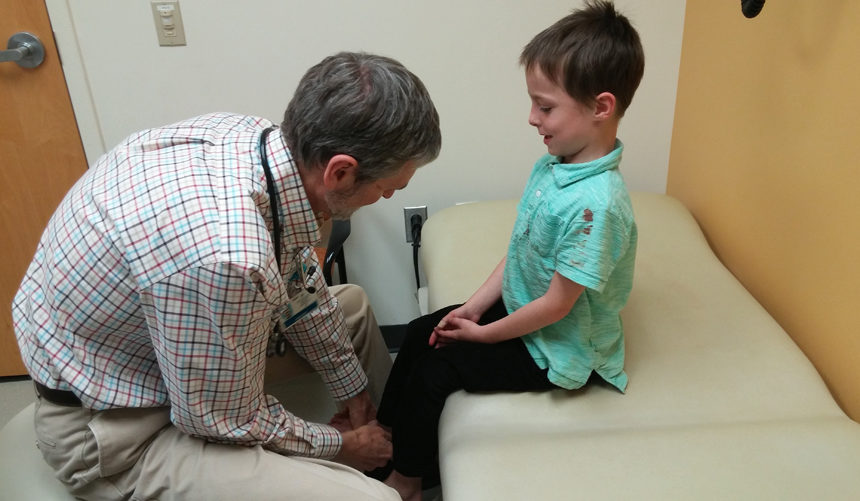A while ago, I had what could charitably be called an online debate with a person who insisted that humans had discovered nearly everything there was to know in one particular medical field. Sure, we’d keep a few researchers around just in case, but all the good stuff was discovered and settled. This, despite me pointing to many, many scientists and doctors saying that we’ve barely scratched the surface. His response to my evidence was the grown up version of sticking his fingers in his ears and screaming at the top of his lungs, “I CAN’T HEAR YOU!”
In other words, the typical online conversation with strangers. Or as XKCD puts it:

This experience came to mind when we were following up with Finley’s neurological team about his many tests to figure out his seizure. We have come an amazingly long way in our studies of the human brain. For example, I just finished Stephen King’s 11/22/63, which served as a reminder that fifty years ago the only way they knew how to assess brain damage was through a spinal tap. Now, we have a multitude of new tests and technologies. Which gives the doctors a whole lot more pictures to point to before shrugging their shoulders and mumbling “Your guess is as good as mine.”
Our first visit after Finley had his EEG and MRI was with a Neurologist, who told us that she had absolutely no explanation for the seizure, but that she that the answer was drugs (Medical term of the day: a seizure that last longer than 30 minutes like Finley’s is called “status epilepticus,” which is super dangerous and can lead to serious brain damage). Of course, since she didn’t know what started it, she wasn’t really sure which drug to give him to make it stop. And since he hasn’t had another episode in three months, if we put him on drugs, there really wouldn’t be any way of knowing if he didn’t have more seizures because of the drugs or because his status epilepticus was a one time fluke. It didn’t help that she couldn’t give us an answer on when she’d feel comfortable stopping medication, either. Years, probably. For one unexplained seizure.
That gave us a couple options. Option #1: put Finley back on Keppra, which the neurologist said was the best seizure medicine because it had no known long term consequences. This, despite our terrible experience with it (Side note: his nurse asked why we stopped him on the Keppra. We said side effects. “Ah,” the nurse said knowingly, “it turned him into a monster, did it?”) Option #2: put Finley on a different seizure medicine that would have long term consequences, some potentially severe.
If we could be assured the side effects wouldn’t be worse than the seizures, we’d consider the drugs. Since she gave us no assurances, we went with Option #3: go ask someone else.
The “someone else” in this case was a Neurosurgeon. He came in dressed like an eccentric professor, pulled up Finley’s MRI images, and, using the typical calm doctor voice despite giving bad new, explained that everything was most likely fine despite the large areas of damage in his ventricles. “We treat patients, not pictures, and he seems to be doing fine.” After we went through about ten minutes of pictures with him explaining the potential problems, I mentioned that Finley had a Level 3 and 4 intraventricular hemorrhage as a newborn.
“Oh, then there’s absolutely nothing to see in these pictures. These are just residuals of that.”
“So nothing here about his seizures?” We asked.
“Nah, everything’s fine in his brain. I’m not even sure why you came to me.”
On one hand, it was reassuring. On the other, we still have nothing. Well, except access to a string of drugs that will either destroy our house or destroy Finley’s brain.
That, unfortunately, has been the story of our medical life. Occasionally we’ll stumble upon a doctor who can actually give us an answer to our problems, but so often we get a lot of hemming and hawing without a good answer when we walk out of the examination room.
Doctors have made a lot of progress over the years. We still have a very long way to go.
Side note: In the neurologist’s office, Finley told the doctor that, “Yeah, I think I’m gonna need an Ambulatory EEG.” She was very impressed that he knew what it was.
Side Note 2: The picture above isn’t with the neurologist or neurosurgeon. That is a totally different doctor we got to see in the same time frame. And yes, that is blood on his shirt, but it is totally unrelated to the visit.

